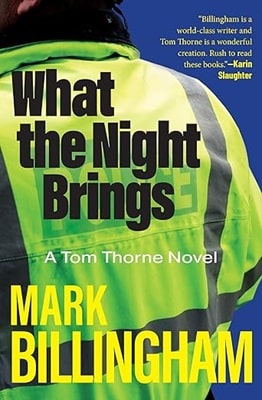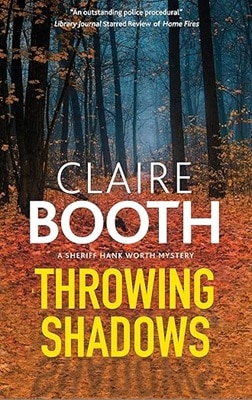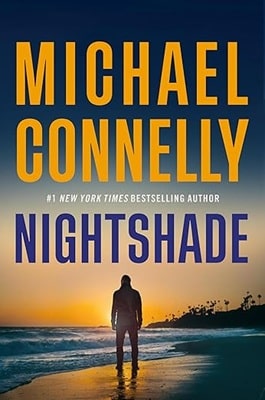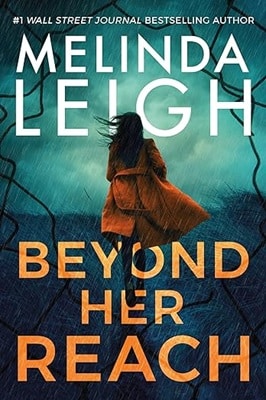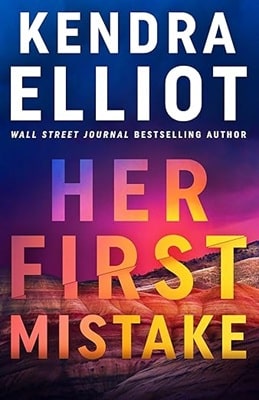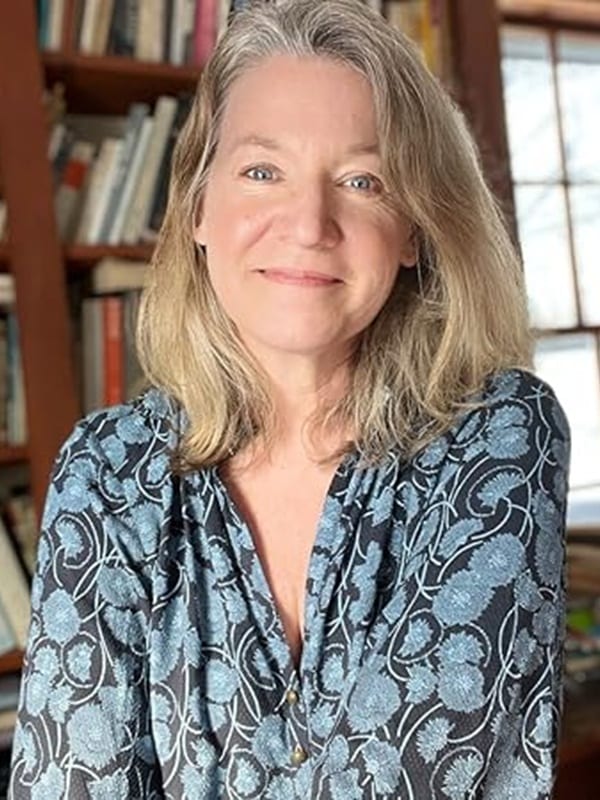
Sarah Stewart Taylor is the author of the Sweeney St. George series and the Maggie D’arcy series. The first Maggie D’arcy mystery, The Mountains Wild, was on numerous Best of the Year lists and was a Library Journal Pick of the Month. The fourth Maggie D’arcy mystery, A Stolen Child, was a Publishers Weekly Pick of the Week.
Sarah grew up on Long Island, and was educated at Middlebury College in Vermont and Trinity College, Dublin, where she studied Irish Literature. She has worked as a journalist and writing teacher and now lives with her family on a farm in Vermont where they raise sheep and grow blueberries. Sarah spends as much time in Ireland as she can.
Q: Why did you choose the title Agony Hill?
Sarah: In this book a road in the town is called Agony Hill, which is where most of the action in the book takes place. There is also some thematic meaning. The family of the man who has died is experiencing a lot of pain and agony. The main characters in their own way are experiencing trauma, pain, and agony. There are quite a few “Agony Hills,” including one by me in Vermont, and a couple in Maine.
Q: What inspired the story in this book?
Sarah: It came out of my interest in this period in Vermont history and American history. 1965 had a lot going on nationally, with Vietnam ramping up. In Vermont the interstate highways are being built. It is going from a place that took a long time to get to Boston or New York to less than two hours to get to Boston via the interstate. I wanted to capture how the interstate was changing the nature of Vermont where some were excited, and some were not.
Q: How would you describe Sylvie?
Sarah: She appears fearful, childlike, simple minded, and fragile. She is also curious, creative, resourceful, and non-conventional. She has a complicated relationship with the victim, her late husband, Hugh.
Q: How would you describe Alice?
Sarah: She has feelings of unease, anticipates danger, and has a husband who worked for OSS.
Q: How would you describe Detective Franklin Warren?
Sarah: Vulnerable, can be fragile, affected by his wife and future baby’s death, mistreated by colleagues, sharp, and wants to prove his self-worth.
Q: What can you tell us about Hugh, the victim?
Sarah: Jealous of others, uncaring, mean, a drunkard, and unbalanced. Readers are not supposed to like him very much.
Q: Can you explain this quote: “Until you started digging, you only ever saw snapshots of their lives. Even then, you had to remember that there were things that happened out of sight.”
Sarah: This is true of most human relationships. It shows Warren understands this. It ties into the solution of the mystery, a clue to the readers. No one ever knows people completely and should not assume they really know what is going on with someone.
Q: How did you come up with the story for the sequel, Hunter’s Heart Ridge?
Sarah: I thought about where my characters would go next in this sequel. I wanted to put Warren in a situation where he did not have any of the resources of the state police. He is trapped in this hunting lodge with others where one of them is a killer. He needs to rely on his own brain, skills, and instincts to solve the mystery. I love this genre of lock room mystery.
Q: How would you describe the town of Bethany?
Sarah: It is more like the 1860s. Mainly farmers. It has not seen a lot of development.
Q: What role does the Ridge Club play?
Sarah: It is in a town close to Bethany. Mostly people from out of state come to this hunting and fishing club. It is a combination of a few different places that are in Vermont and New Hampshire.
Q: How would you describe Trooper Warren “Pinky” Goodrich?
Sarah: He played more of a role in this book. He is a local boy who has become a Vermont State Trooper. He is a good investigator. He is Warren’s assistant. Pinky is smart, and a good friend of Warren. His nickname comes from blushing a lot when nervous.
Q: How did the weather influence the story?
Sarah: There was a snowstorm that caused power outages and had people feel trapped. The weather is a symbol of how isolated people can be in this part of the world and how much community matters. They need to count on their neighbors to help. For example, Sylvie really relied on Alice for help. Northern England, the setting, has extreme weather, with long winters, snow on the ground from October to May. The seasons have gorgeous falls with leaves changing colors, cold snowy winters, flowers blooming in spring, and hot summers. The seasons are important to people’s lives.
Q: Is there a love triangle between Barbara Falconer, Sylvie, and Warren?
Sarah: Barbara is engaged and has a boyfriend somewhere else. But there is something there. Sylvie and Warren have a strange but deep connection that they both feel. She is not the romantic choice for Warren since she is a widow, has four children, and just had a baby. All these feelings will develop as the series goes on.
Q: What role do Sylvie’s poems play?
Sarah: She has been writing poems for herself, the way she sees, interprets, and understands the world. But Alice recognizes her talent and shares the poems with others including a professor at Dartmouth College. Sylvie is beginning to be recognized. She is conflicted about others seeing her poems.
Q: Why did you weave Vietnam into the story?
Sarah: It what was going on in this point of history, 1965. It was something people were talking and thinking about a lot. Protests were heating up. There was a lot of generational tension. In this book it may not have connected directly to the solution of the mystery but all the tension that is going on this club over the Vietnam War was a consideration for Warren.
Q: Was the mystery influenced by the game Clue?
Sarah: I did not think of it intentionally. The game of Clue was inspired by Agatha Christie mysteries and the golden age of detective novels. The game embraced the idea of a closed circle suspects in a remote location with questionable weapons. I wanted to have in these stories a few different suspects who were all plausible for the killer with a twist at the end.
Q: Can you share anything about the next book?
Sarah: It is set in the springtime where a teenage girl goes missing. Warren needs to rely on Alice’s help to find the teenage girl since she knows everyone in the town. All the characters will be back. There is no title and no release date.
Agony Hill and Hunter’s Heart Ridge by Sarah Stewart Taylor combine a historical novel and a police procedural. Readers will travel back in time to 1965 to rural Vermont and revisit the controversy of the Vietnam War while being riveted to their seat, trying to solve a mysterious death with the lead character, Detective Franklin Warren.
Agony Hill has ex-Bostonian Detective Warren accepting a job with the Vermont State Police. While trying to get settled he is called in to investigate the death of Hugh Weber, a local farmer killed in a barn fire who has left behind four children and Sylvie, his pregnant wife. The question Warren needs to answer was the death suicide, accidental, or murder? Meanwhile, widow Alice Bellows, a possible former spy, decides to covertly insert herself into the investigation. She is also a strong part of the community and is willing to help those in need. She will remind readers of Agatha Christie’s character portrayed by Angela Lansbury, Miss Marple, a kind elderly woman known for her keen observational skills.
Hunter’s Heart Ridge is the second in the series. Detective Warren and his assistant Pinky are called to investigate the death of the former Ambassador to West Germany, William Moulton at the Ridge Hunting and Fishing Club. Once again, Warren must sift through the evidence to determine if Moulton died from suicide, accident, or murder. It seems he was killed while out hunting. To make matters worse, everyone at the lodge is trapped when a snowstorm knocks out all power and keeps them inside. What makes this story even better is how Taylor revisits characters. Not only is Warren and Pinky trapped, but so is Sylvie Weber and Alice Bellows who is helping her deliver her baby.
Both stories are very compelling. Readers will love the atmospheric description of Vermont, as well as the characters. There are also plot curveballs thrown by a gamut of suspects, with major twists at the end of each novel.

